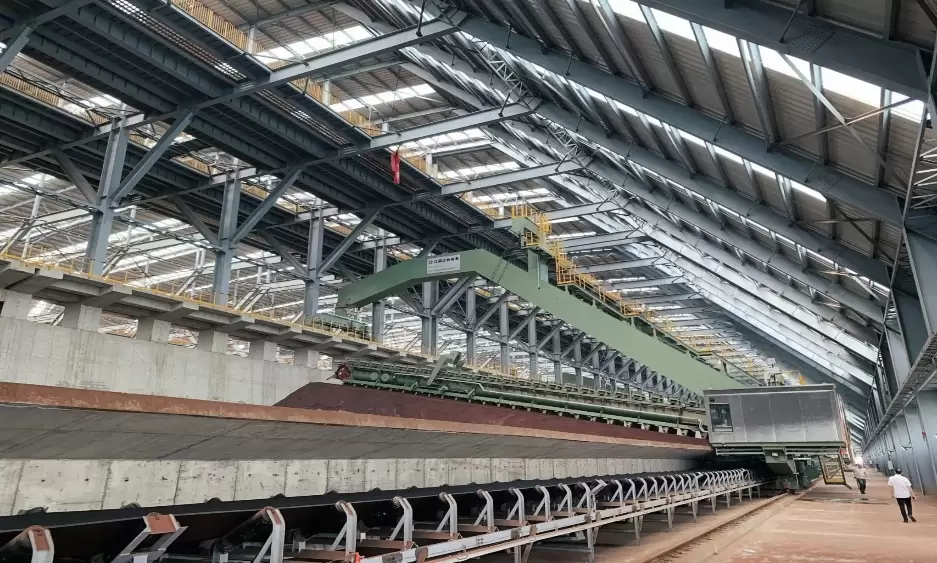Bioplastics vs. Conventional Plastics: A Sustainable Future or Just a Trend?
In recent years, the conversation surrounding environmental sustainability has intensified, leading to a surge in interest regarding bioplastics. As consumers become increasingly aware of the detrimental effects of traditional plastics on the environment, the question arises: Are bioplastics better than plastic? This article delves into the complexities of bioplastics, examining their benefits, limitations, and potential role in a sustainable future.
Understanding Bioplastics
Bioplastics are derived from renewable biomass sources, such as corn starch, sugarcane, and even algae, as opposed to conventional plastics, which are primarily made from fossil fuels. This fundamental difference in sourcing is one of the primary arguments in favor of bioplastics. They can be categorized into two main types: biodegradable and non-biodegradable bioplastics.
- Biodegradable Bioplastics: These materials can decompose naturally through the action of living organisms, potentially reducing landfill waste and pollution.
- Non-Biodegradable Bioplastics: While still derived from renewable resources, these plastics do not break down as easily as their biodegradable counterparts, raising questions about their long-term environmental impact.
Environmental Impact: A Comparative Analysis
Carbon Footprint
One of the most significant advantages of bioplastics is their potential to lower carbon emissions. The cultivation of biomass for bioplastics can absorb CO2 from the atmosphere, offsetting some of the emissions produced during their lifecycle. In contrast, conventional plastics contribute to greenhouse gas emissions at every stage—from extraction and refining of fossil fuels to production and disposal.
Waste Management
Bioplastics offer promising solutions for waste management. Biodegradable options can break down in composting facilities, reducing the volume of waste sent to landfills. However, the effectiveness of this process depends on the availability of appropriate industrial composting facilities, which are not universally accessible. In contrast, conventional plastics can take hundreds of years to decompose, contributing significantly to environmental pollution.
Resource Use
The production of bioplastics requires agricultural resources, which raises concerns about land use and food security. The cultivation of crops for bioplastics can compete with food production, potentially leading to increased food prices and scarcity. Conversely, conventional plastics do not directly compete for agricultural land but are linked to the depletion of non-renewable fossil fuels.
Economic Considerations
The economic viability of bioplastics is another critical factor in the debate. Currently, bioplastics tend to be more expensive to produce than traditional plastics due to the costs associated with sourcing biomass and the relatively lower scale of production. However, as technology advances and consumer demand increases, the cost of bioplastics is expected to decrease, making them a more competitive option.
The Role of Technology and Innovation
Innovation plays a crucial role in the development of bioplastics. Advances in biotechnology and materials science are leading to the creation of new bioplastics that are not only more efficient but also possess properties comparable to conventional plastics. For instance, researchers are exploring the use of waste materials, such as agricultural byproducts, to produce bioplastics, thereby minimizing resource competition and enhancing sustainability.
Consumer Awareness and Market Trends
Consumer preferences are shifting towards more sustainable products, and this trend is influencing market dynamics. Brands that adopt bioplastics in their packaging and products can enhance their corporate social responsibility image, appealing to environmentally conscious consumers. However, it is essential for consumers to be educated about the differences between various types of bioplastics and their appropriate disposal methods to maximize their environmental benefits.
Conclusion: A Balanced Perspective
While bioplastics present a promising alternative to conventional plastics, they are not a panacea for the environmental challenges we face. The answer to whether bioplastics are better than plastic is nuanced and depends on various factors, including production methods, disposal options, and consumer behavior.

